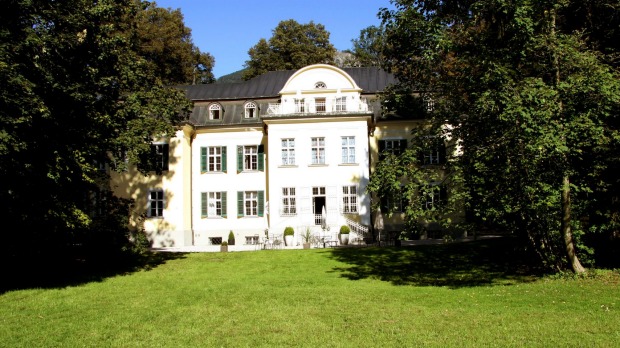
When the Von Trapps, the famous musical family depicted in The Sound of Music, escaped the Nazis, the story of their Austrian home was far from over.
"After they left, Heinrich Himmler moved in here," our host and building manager Christopher Unterkofler explains.
"He even built an underground bunker."
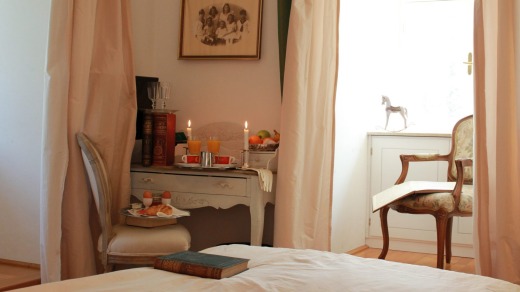
Wait. What? Is this secret lair of one of the Nazis' key leaders still here?
"Yes. Would you like to see it?" Unterkofler says. He seems almost puzzled by our interest.
After all, we're at Villa Trapp in Salzburg, the former home of one of Austria's most famous families, whose story was turned into one of the biggest Hollywood musicals of all time. This is normally a place that appeals to music lovers, not World War II buffs.
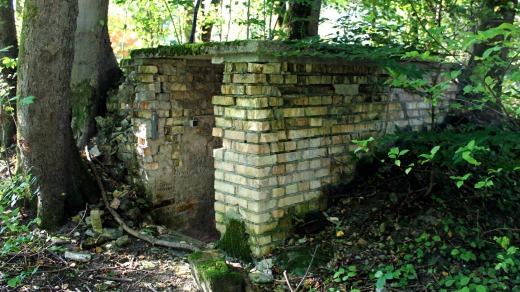
This year marks the 50th anniversary of the release of The Sound Of Music and fans are flocking to the Von Trapps' home town to mark the occasion (300,000 fans do a Sound Of Music tour in the city every year, but those numbers have increased this year).
On October 17, the city will play host to a celebratory gala in the Felsenreitschule theatre (itself the setting for one of the film's famous scenes), with guests, including cast members, flying in from around the world. But right now, I'm more interested in the fascinating history of what happened to Villa Trapp after the Von Trapps left.
We're shown to a small brick building in the grounds just behind the manor and take a flight of stairs down into the darkness. Himmler's bunker – a series of dank concrete rooms – is being used as a storage space. It seems most visitors to Villa Trapp are much more interested in the stars of the musical than war history.
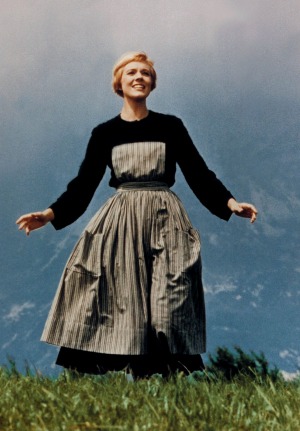
Villa Trapp itself is not the palace depicted in the film but a large, 22-room historic home built in 1863. Georg von Trapp and his children moved there in 1924 following the death of his first wife.
After the war, a religious group, the Catholic Missionaries of the Precious Blood, bought the property from the Von Trapps, who had had their ownership restored after the Nazis were defeated.
While he lived there, Himmler used the home as his summer residence, converting one of the children's rooms to his office and installing a barracks for SS officers in the grounds.
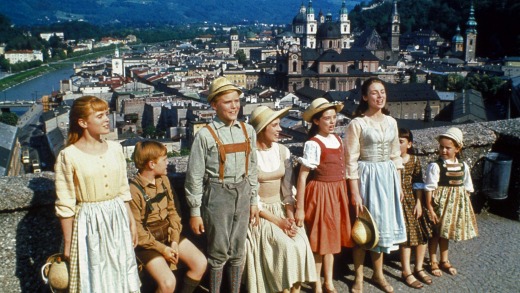
Although the Nazi leader died in Germany, Unterkofler says the priests that moved in after the war could hear the creaking of the boots of Himmler's ghost on the floorboards at night. They performed three exorcisms to get rid of his presence, but none was successful. In the end, the "ghost" was finally driven away after a carpenter fixed the boards.
The priests rented out the property in the 1990s and it became a hotel in 2008. Now, guests can stay in rooms that belonged to various members of the Von Trapp family and are labelled as such.
I stay in Martina's room (many of the children's names were changed for the film – Martina Von Trapp became Gretl, the youngest of the group).
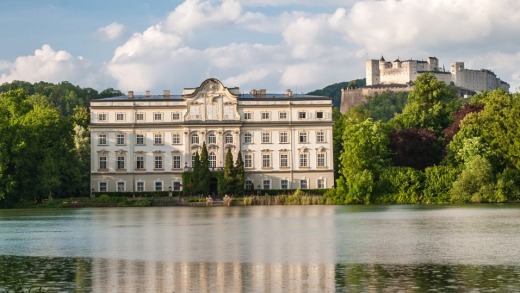
Given the age and history of the building, it's not all that surprising to find that the hotel is not quite at the level of a modern luxury stay, but feels more like a B&B. For example, there are no toiletries in the bathrooms, just a soap dispenser, and no tea or coffee in the rooms. It is, in essence, a bedroom, not a hotel room.
This is largely due to the nature of the property itself – it retains much of its original, old-fashioned charms and will mostly appeal to avid fans of the film. For those not wanting to stay at the hotel, guided tours are also available (see Trip Notes below).
Villa Trapp, home to the real Von Trapp family, is not as grand or luxurious as the property used for the film, the Hotel Schloss Leopoldskron – an enormous 300-year-old palace that became the home of theatre director Max Reinhardt.
This hotel offers 12 luxurious suites in the main building and next door the Meierhof, the property's former administration building, has been fully renovated and modernised. It reopened to the public last year.
While The Sound of Music seems to be present in every corner of the city, the locals of Salzburg, we're told, have little interest in the film. In fact, few have seen it. Although it has been a staple of television in the English-speaking world (and Australians are the second-biggest market for Sound of Music tours here), it had little exposure in the country where it was set.
And having had a taste of the real story behind the film, it's easier to understand why Austrians might not be that interested in the fictionalised version of the story. When put in the context of the true wartime history of the family and the aftermath, Himmler's ghost included, it's hard for Hollywood to compete with reality.
salzburg.info/en
austria.info/au
Austrian Airlines flies to Vienna from Bangkok with codeshare connections to Australian cities via Thai Airways; see austrian.com. From Vienna, the train to Salzburg takes about 2½ hours; see oebb.at/en.
The Villa Trapp has double rooms from $120 a night; see villa-trapp.com. The grand Hotel Schloss Leopoldskron has double rooms from $270 a night; see schloss-leopoldskron.com/en.
A beautifully manicured park where Maria and the children sing Do-Re-Mi.
Adjacent to the Mirabell Gardens is the "Dwarf Gnome Garden", home to a series of somewhat grotesque gnome statues, supposedly based on real dwarfs that served in the court of the city's archbishop in the 17th Century. The garden also features in Do-Re-Mi.
The gazebo for the Sixteen Going on Seventeen scene of the the film has been moved numerous times but has been at Hellbrunn since 1997. It's now locked after too many visitors injured themselves trying to leap from seat to seat as Liesl does in the film.
Although not actually seen in the film, the scenes in which the family hide from the Nazis were on a Hollywood set that is based on this cemetery near the centre of town.
Outside Salzburg in the gorgeous village of Mondsee is the church where the wedding of Maria and Georg was filmed.